We quizzed Virat Kohli and Anushka Sharma's nutritionist on the importance of fibre and here's what he had to say
- By Tarvene ShahpuriLoading...
- | 8 Feb 2021 4:34 PM IST
 X
X
Plus, 10 easy and clever ways of incorporating fibre in your diet.
As we learn to relook at our health from a more holistic perspective, it is important to understand how the singular aspects of it come together. This could be why there seems to be a more rigorous dialogue around individual phenomena and ingredients, ranging from a focused approach towards our gut-health to a rising interest in superfoods, plant-based eating or fibre intake. Speaking of which, have you ever wondered about how much fibre you consume every day? And why is it important?
Known to keep heart disease, stroke, type 2 diabetes and bowel cancer at bay, it plays an integral role in our overall health. A review published in 2017 by the US-based, National Center for Biotechnology Information (NCBI) for instance, suggested that individuals consuming the highest amounts of dietary fibre intake can significantly reduce their incidence and mortality from cardiovascular disease. And there is strong evidence suggesting that a fibre-rich diet helps in digestion, too. But are we getting enough of it? And if not, how do we ensure that our diets are fibre-rich? We roped in founder of Qua Nutrition Clinics and celebrity nutritionist, Ryan Fernando – who also happens to consult with new parents – Virat Kohli and Anushka Sharma, to answer all of these questions. Plus, tips on how to include fibre in your diet.
What is fibre?
"Dietary fibre is a plant-based nutrient that is sometimes called roughage or bulk. It is a type of carbohydrate but, unlike other carbs, it cannot be broken down into digestible molecules,” Fernando explains. Therefore, fibre passes through the intestinal tract relatively intact. However, on its journey, it does a lot of work with respect to digestion, regularity, weight management, blood sugar regulation and cholesterol maintenance.
“There are two main types of dietary fibre, insoluble fibre, which does not dissolve in water and is left untouched and undigested. It helps to speed up the passing of food through the intestines and also adds bulk to the stool. Whereas soluble fibre dissolves and retains water, forming a gel inside the intestine, which slows down digestion and nutrient absorption,” he adds.
Why do we need fibre?
As mentioned above, it plays a pivotal role in keeping several diseases at bay, but it also has some short-term benefits. Elaborating on this, the nutritionist, dietician and coach, shares, “Fibre helps in reducing the amount of cholesterol in the blood by absorbing some of it in the gut, lubricating the gut and helping in naturally supporting stool movement, thereby reducing the risk for constipation.” In fact, fibre can additionally also help the bowel contents to swell, promoting fullness, which may support weight loss. “It slows the release of other sugars into the bloodstream, controlling blood glucose levels,” Fernando adds, explaining how dietary fibre can play an important role in increasing the good bacteria in our gut. ”A healthy microbiome has been shown to be important for boosting immunity, as well as improving both our digestion and mood, not to forget good hair and skin too,” he points out.
How much fibre should we be eating?
“The Indian Council of Medical Research (ICMR) recommends that the daily diet of an adult should contain at least 40g of dietary fibre (based on 2000 Kcal diet),” Fernando reveals. Now, there are many ways you could add this important plant-based food to your diet, beginning from veggies to even supplements.
But to make your task easy, we sourced 10 easy and clever ways of adding it to our eating plans, with expert inputs from Fernando. Take a look.
Green Peas
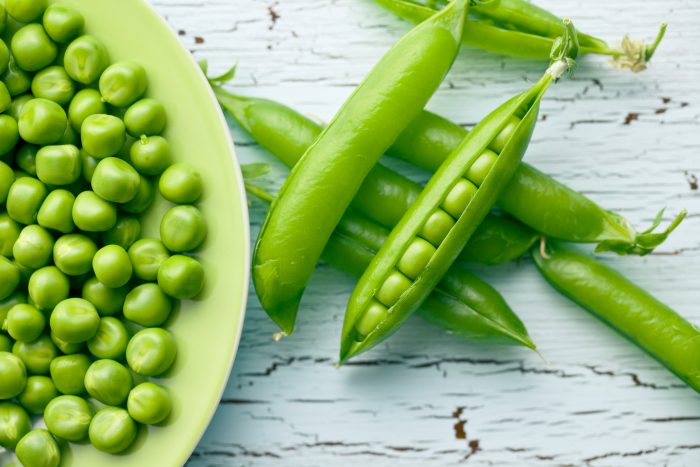
If you think peas are humble and ordinary, think again! These tiny bead-sized jewels carry quite a punch when it comes to nutrients and health benefits. Peas are high in fibre, which helps move food through your gut for easier digestion. You can easily include them in your daily diet by making a green peas chilla or chaat with chopped veggies.
Artichoke
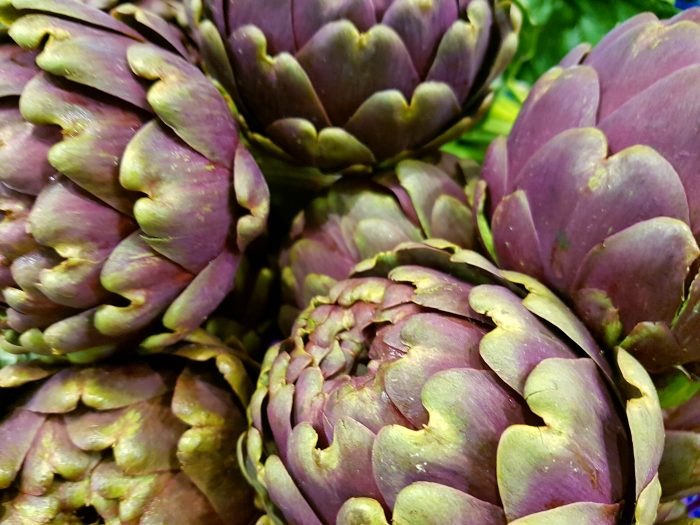
Artichokes have some of the highest levels of antioxidants and fibre. An easy way to consume it is by making a dip or eat them roasted.
Beans
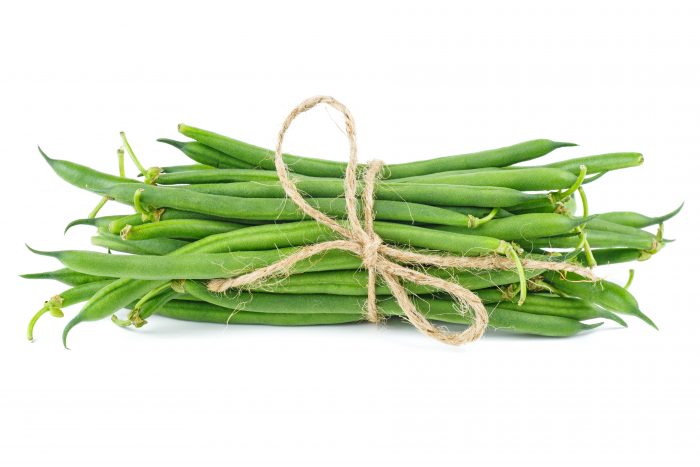
Lentils and other beans are the perfect way to sneak fibre into your diet, through soups, stews and salads. Some beans, like edamame (which is a steamed soy bean), make for a great fibre-rich snack. Some bakers have even started including beans or bean flours in their baked goods, so you could give that a shot while still satiating your sweet tooth.
Berries
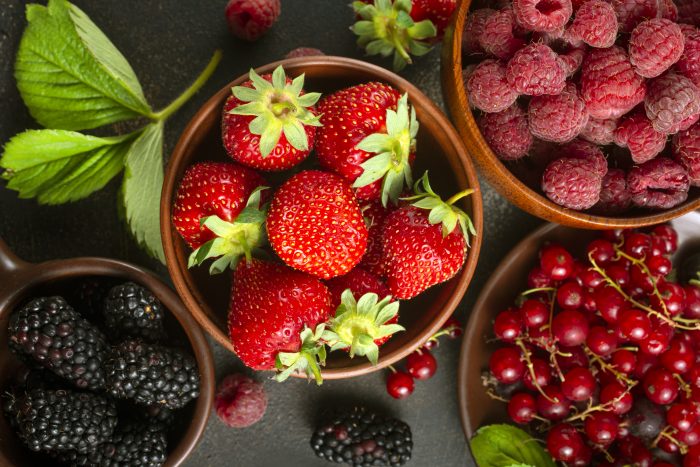
Berries are full of antioxidants and fibre, too. Of course, one of the biggest benefits of berries is that they’re naturally low in calories. You can include them in your diet as a smoothie or just enjoy them as a snack.
Avocados
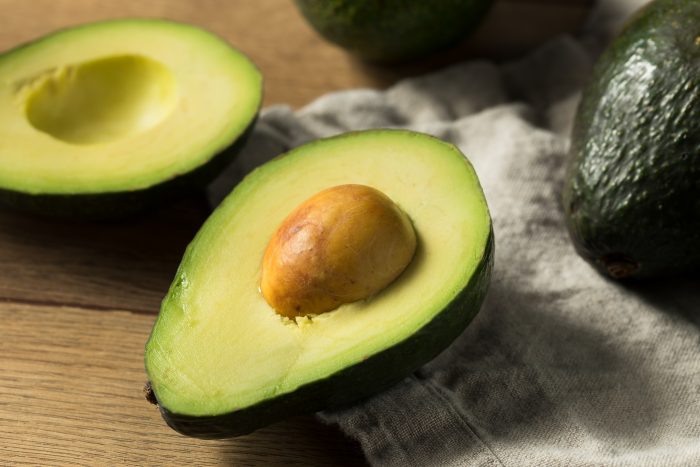
Avocados pretty much go with everything—toast, salads, entrees, eggs—and while they’re often recognised for their hefty dose of healthy fats, there are 10 grams of fibre in one cup of avocado. Incorporate it in your diet via avo toasts, smoothies or through the good old guac!
Whole Grains
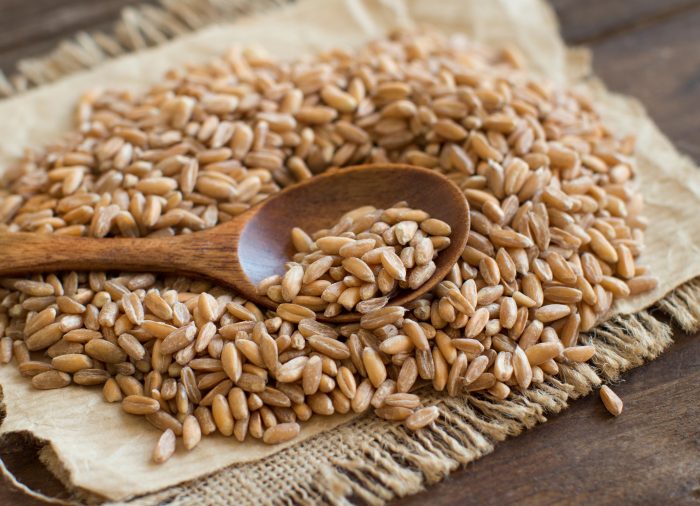
Good news for bread lovers: Real whole grains, found in 100% whole wheat bread, whole wheat pasta, brown rice, and oats, have lots of fibre. This is an easy way to up your fibre intake. Toast them, pair them with healthy plant-based cheese or enjoy it simply, with a slathering of low-fat butter.
Chia Seeds
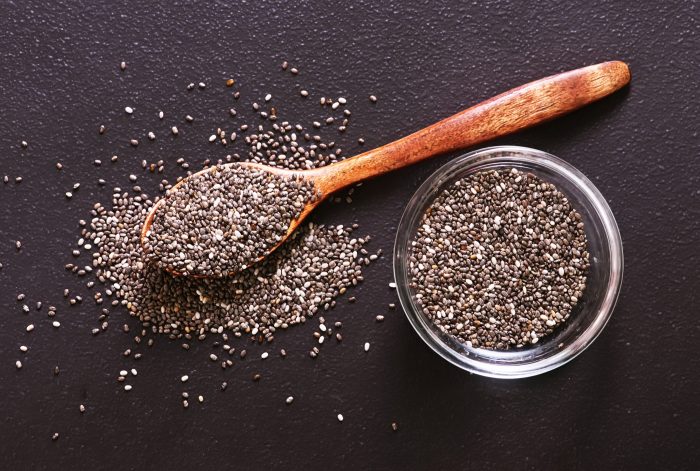
Chia seeds are nutritional powerhouses. They provide omega-3 fatty acids, protein, vitamins and minerals, as well as fibre. These small seeds gel in water and are 95% insoluble fibre. The easiest way to consume these are to make a peanuts oat chia seed granola bar or a banana chia see pudding.
Dried Fruits
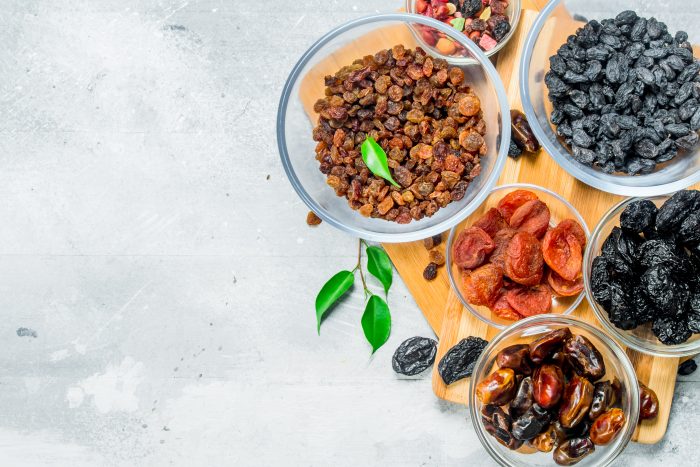
Dried fruits like figs, prunes and dates can boost your fibre intake dramatically and are recommended for those struggling with constipation. The sugar called sorbitol, which naturally occurs in these fruits, can help your bowel considerably. However, eating too many can lead to cramping or diarrhea, so try a small serving and see how you feel once you’ve digested them.
Potatoes
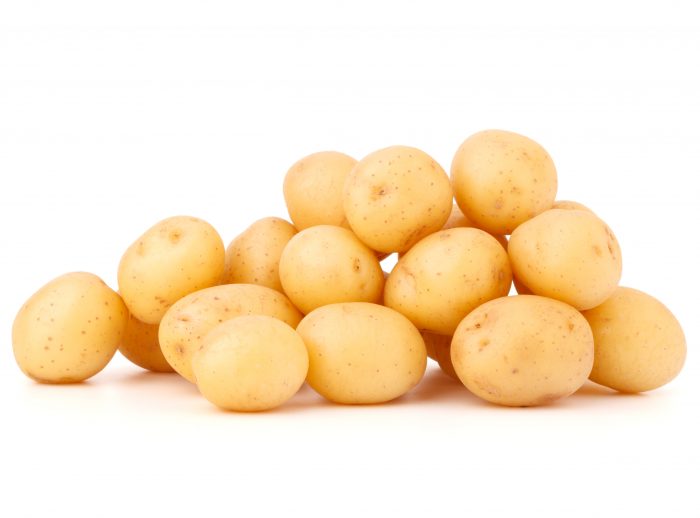
Regular, sweet, red and purple potatoes, are all good sources of fibre. The fibre in potatoes can help protect the intestinal wall from potentially harmful chemicals found in some foods and drinks. Baked sweet potato chips as a base for nachos or a sweet potato soup are an excellent way of incorporating them in your diet.
Nuts
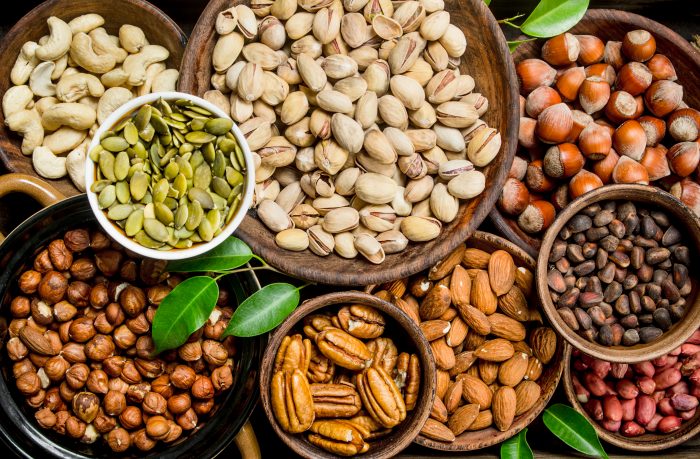
Nuts aren’t just a great source of protein and healthy fats—sunflower seeds and almonds each have more than 3 grams of fibre in a serving – but also filled with fibre. Raw or dry-roasted nuts are preferred over the pre-packaged variety. Even nut butters are great.
Now that you know how you can include more fibre in your diet, we hope that you’ll use these handy tips to chalk out a healthy diet. If you love eating healthy and keeping your food intake clean, watch this space for our weekly updates on health, every Monday. We promise you, it’s the only motivation you need.

Tarvene Shahpuri
Tarvene is a chocolate and chai fiend who is constantly on the hunt for cute cafes. You can catch her baking some Biscoff cheesecakes or binge-watching Netflix shows. She likes filling up her free time painting, listening to music or going on long drives.


